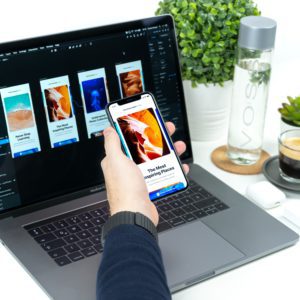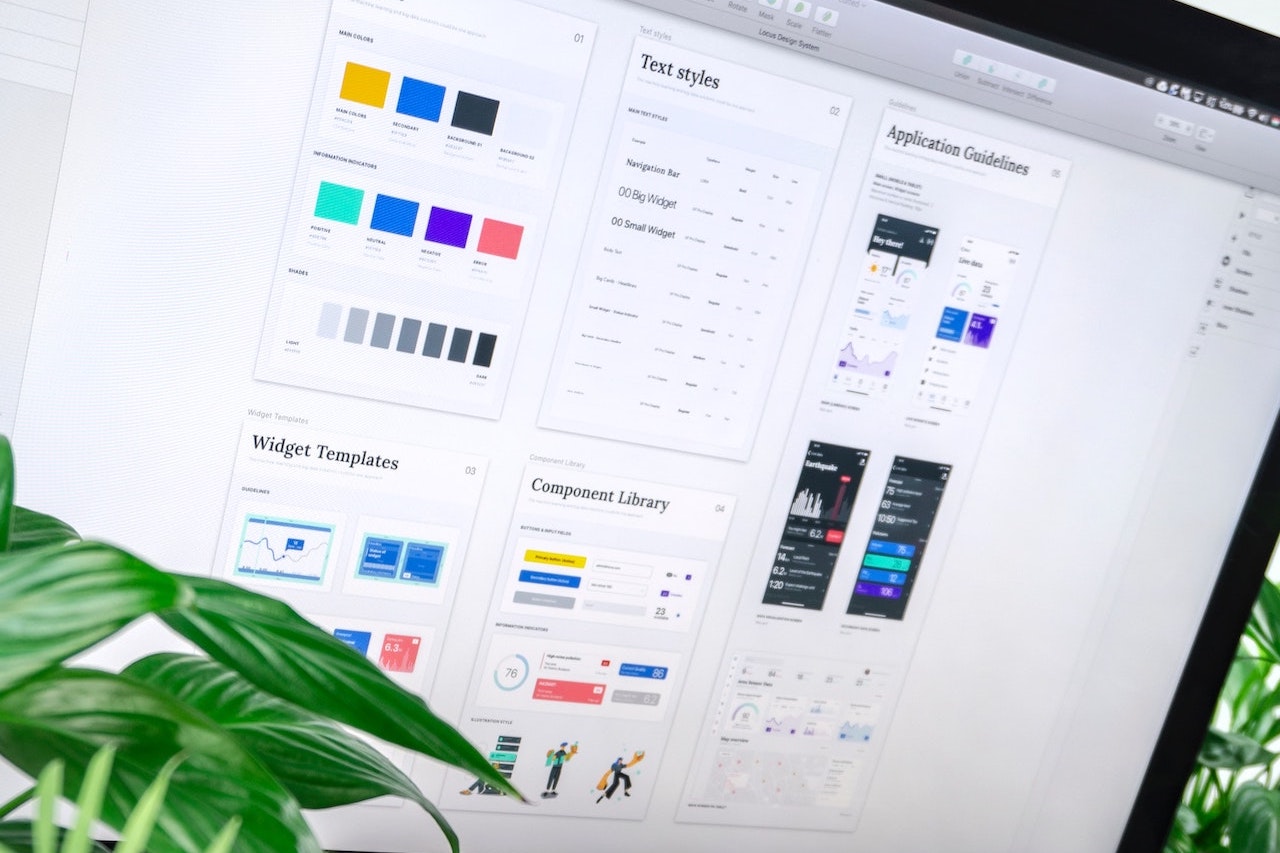You have dreamt up a fantastic app idea that will deliver your customers greater value and accelerate your company’s digital transformation. You are raring to go and excited about this thrilling next step in your business journey. But you are not quite sure what to do now.
How do you make your app a reality? How do you communicate your vision to the people who can design, develop and release it?
This is where app project briefs come in. App project briefs are a way of sharing your app ideas with developers. They feature details on what you want the app to do, who you want it to target and how it will achieve your business goals, amongst other things. Essentially, they outline the project and provide developers with the information they need to start building your app.
In this article, we walk you through the process of drafting an app project brief and provide a few top tips to ensure you get it right. So, if you are thinking of developing a business app and need some help starting, read on!
Why is an app project brief valuable?

App project briefs are valuable because they are an exercise in forward planning. They provide a roadmap to follow and help you identify problems and obstacles before they become too much of an issue. You do not want to sink a significant amount of time, money and resources into a project, only to find you are building on unstable foundations.
In the context of app design, app briefs play another critical role. As businesses typically collaborate with designers and developers to create apps, you need a way to facilitate that collaboration.
In this respect, project briefs achieve three things. They ensure businesses, designers and developers are on the same page, eliminate ambiguities and minimise the likelihood of conflict.
Our top tips
Before we jump into our step-by-step guide to writing an app project brief, we want to give you three top tips that will help you through the process. Keep these in mind while creating your brief and you have a much better chance of drafting a valuable brief and creating a first-class app.
- A written brief is better than a spoken brief. Commit everything to paper and ensure all parties have seen and acknowledged the documents. You want to physically document the process and any decisions made to avoid confusion and ensure there is written evidence of your directions.
- Talk to end-users about what they want to see in your app. Get feedback and input from the people who will use it. Often, what you think your customers require and what they actually need do not match up.
- Be wary of feature creep. Focused apps are often more successful than do-it-all solutions. Trying to create something that solves all your customers’ problems results in an app that does not fix any of them.
Nine-step guide to writing an app project brief
With our top tips complete, let’s look at the first step in the briefing process.
1. Your company

The process begins by providing a general overview of your company. You are an expert in your chosen field and the developer will strive to meet your business needs, so understanding what makes your company tick and what your goals are is crucial.
This overview does not need to be super-extensive. But it is worth taking the time to consider what background information would be valuable. It may include a little history, details of your industry, what your overall vision is, and what makes your company stand out.
2. The app overview
Next, we switch to a general overview of your app, what it does and what you want it to achieve. An excellent way to approach this section is to summarise the app in a single sentence that features three core components:
- The app’s main feature(s)
- The target audience
- The problem the app resolves.
For instance:
Our app helps [target audience] to [problem the app resolves]. To achieve this, the app will centre on [app’s main feature].
Remember, simplicity is crucial. You want to be able to distil your app idea into as concise an explanation as possible. Complexity comes later. At this stage of the process, you may also want to think about what platforms you will release the app on. iOS, Android or both?
3. Target audience
Though app developers will often conduct additional research into your target audience, you know your customers best. Your project brief should contain information on your customer profiles and segments, and highlight which groups are most relevant to the app.
Make sure you provide demographic details and include information on the audience’s pain points. These may vary from group to group.
4. The competition
All companies compete against other businesses for a finite number of customers and your app will convince prospects that yours is the superior service. As such, it helps if your app developer has a comprehensive understanding of the competition.
Do they already have an app? Are you building an app to rival an existing product? Or are you pioneers in your sector? Are there things you do or do not like about your competitors’ digital offerings?
5. Features and functionality
This section of the brief focuses on the app’s core features. It details the value you want your app to deliver and how you expect digital technology to achieve this. Another way of approaching this aspect of the brief is to use it to explain how the app will resolve the customer’s pain points.
It is also a good idea to include information on how you will know whether these features are working. What KPIs will you use to measure performance? What constitutes success?
6. Navigation

How the end-user navigates your app determines whether it is successful. Implement a confusing and unintuitive design and your customers will reject the app. Get it right and your app could become a part of your customers’ everyday lives.
When thinking about navigation, consider how the user will interact with and move through the app. What workflow do you envision? Where does the user start? Do they need to log in?
This section of the brief does not need to be perfect. The developer’s expertise will help determine the most efficient UI. But it pays to have some idea of what you want.
7. Content
While many apps are functional, process-based designs that facilitate simple tasks, such as checking your bank balance or making a payment, some act as content-delivery mechanisms. If content plays a significant role in your app, you need to establish how that will work.
What content will the app contain? Is the content user-generated or created by your editors? Will you regularly be uploading content? What types of content will it include? Images? Videos? Documents? And how will these be stored?
8. Aesthetics
Modern consumers are notoriously fickle and businesses must make an immediate impression to win people over. That means aesthetics are all-important.
In the brief, think about how you want your app to look and include any brand considerations. Share your brand guidelines and any brand images you have. It is also a good idea to share examples of apps you like the look of and those you do not. Make sure you explain why that is the case.
Finally, try to justify decisions by linking aesthetic choices to the customer. You want a look that reflects end-user preferences and understanding why a particular style appeals to certain demographics can help you make more informed decisions in the future.
9. Budget and timeframe
In the last part of your brief, you need to establish your budget and timeframe. Remember that the scope of the work will determine the cost. A large, complex app will cost more.
A project where the app developers have to provide more expertise and involve themselves in design decisions will also prove more expensive. However, this is often money well-spent. You are not just paying for the skills required to build the app, you are paying for the design expertise required to create a great app.
In your brief, be clear and transparent about deadlines. It may affect the cost if you require completion within a very short timeframe. But incorporating timelines into the brief ensures expectations are understood and deadlines formally agreed upon.. Finally, factor in the time needed to test and refine the app. Do not rush a release, as poor reviews will limit uptake.
Here at The Distance, we produce a draft project brief after our initial workshop. This provides us with a basic outline to work from and a foundation on which we can build, adding additional information and making changes if necessary. We believe app design requires close collaboration and are happy to talk you through the brief and ensure it covers everything you require before we get started.
If you are interested in seeing your app idea become a reality, get in touch and speak to one of our experienced team members. They will provide you with advice and guidance and get the ball rolling on your business’ exciting new app project.
